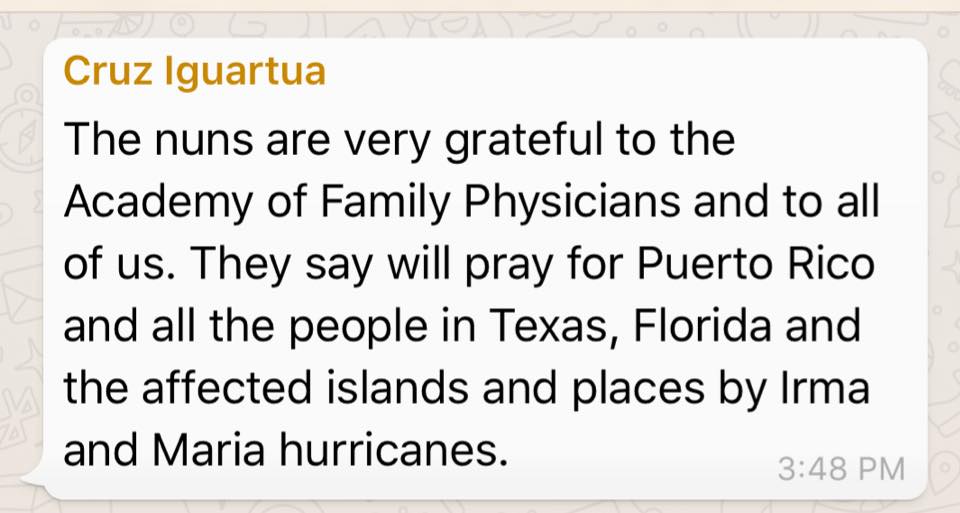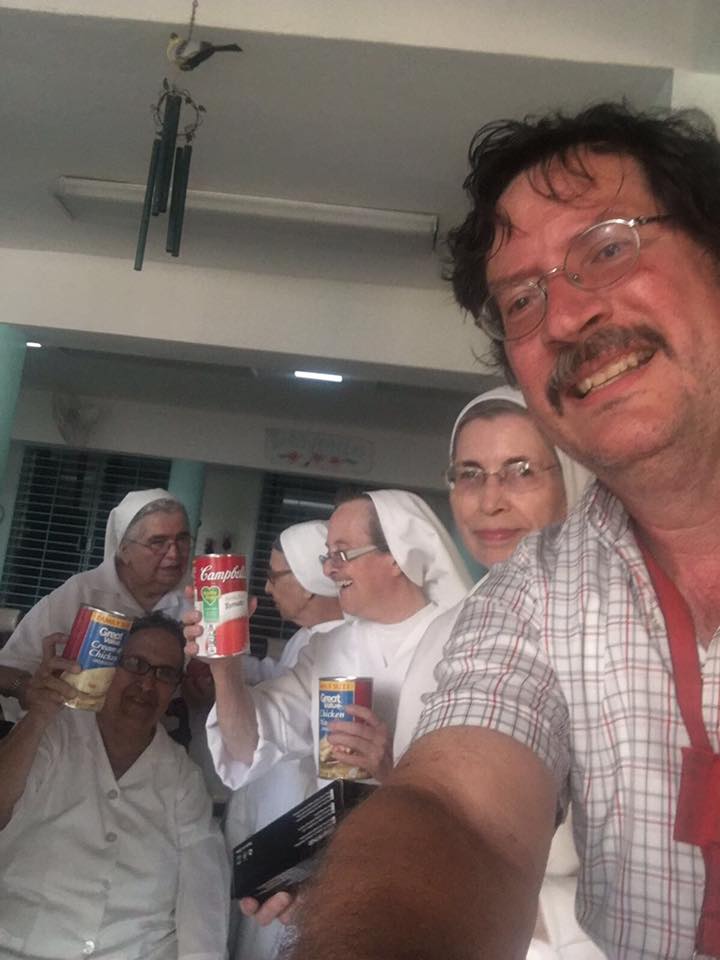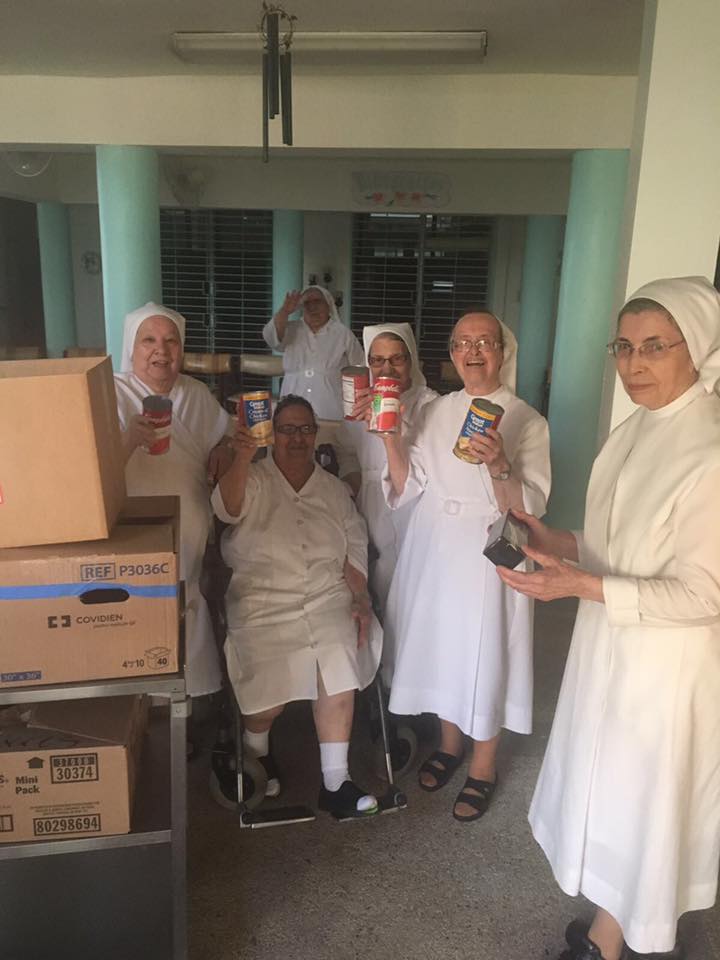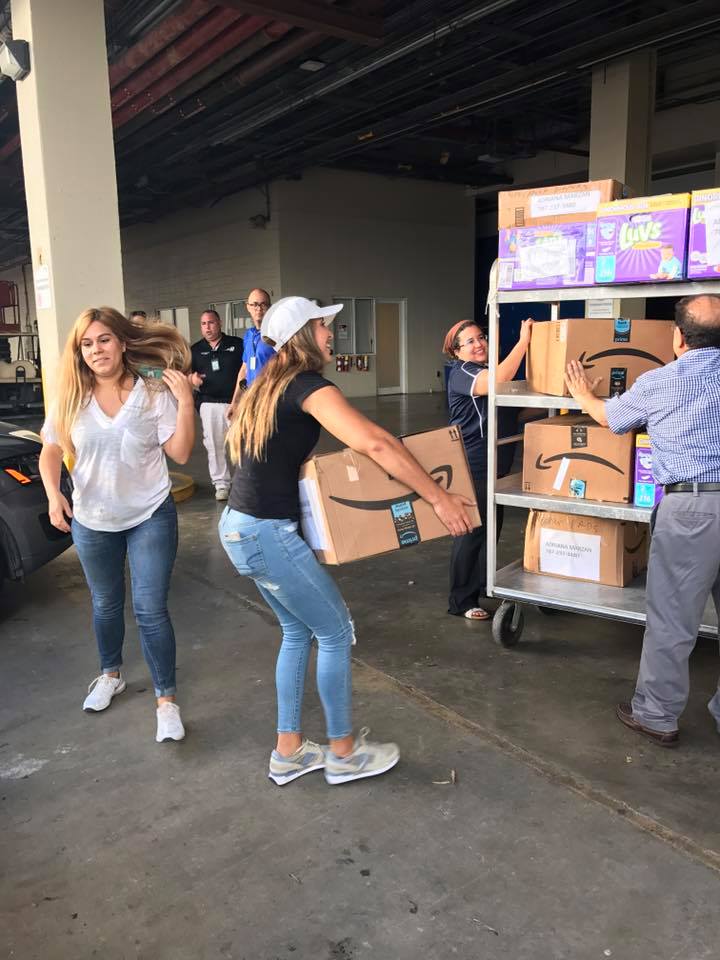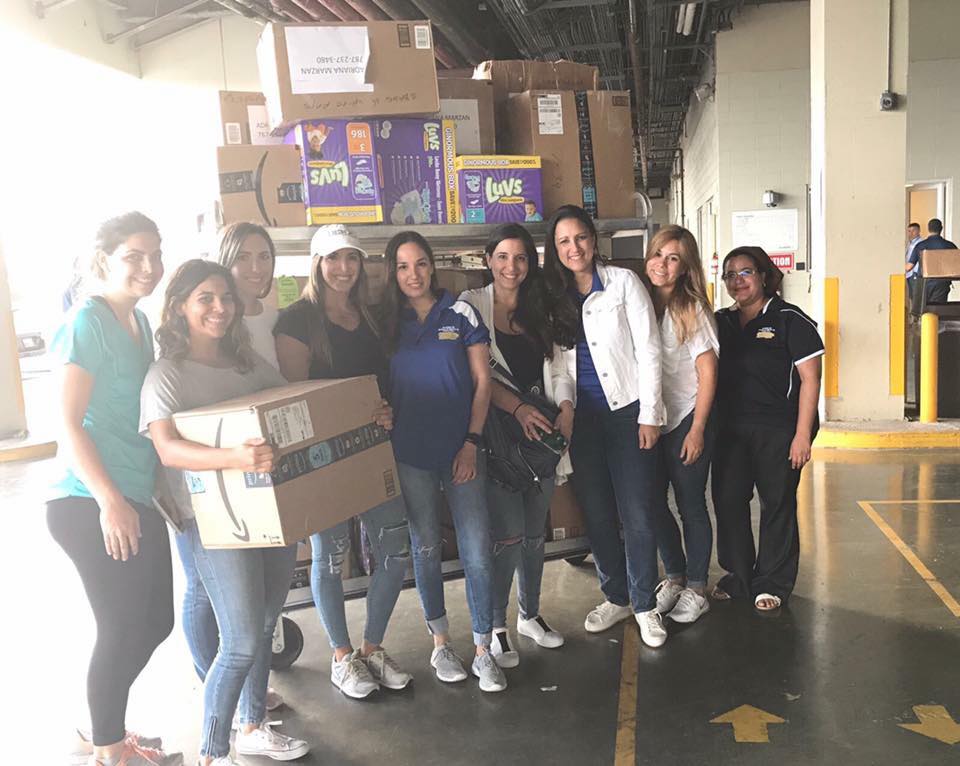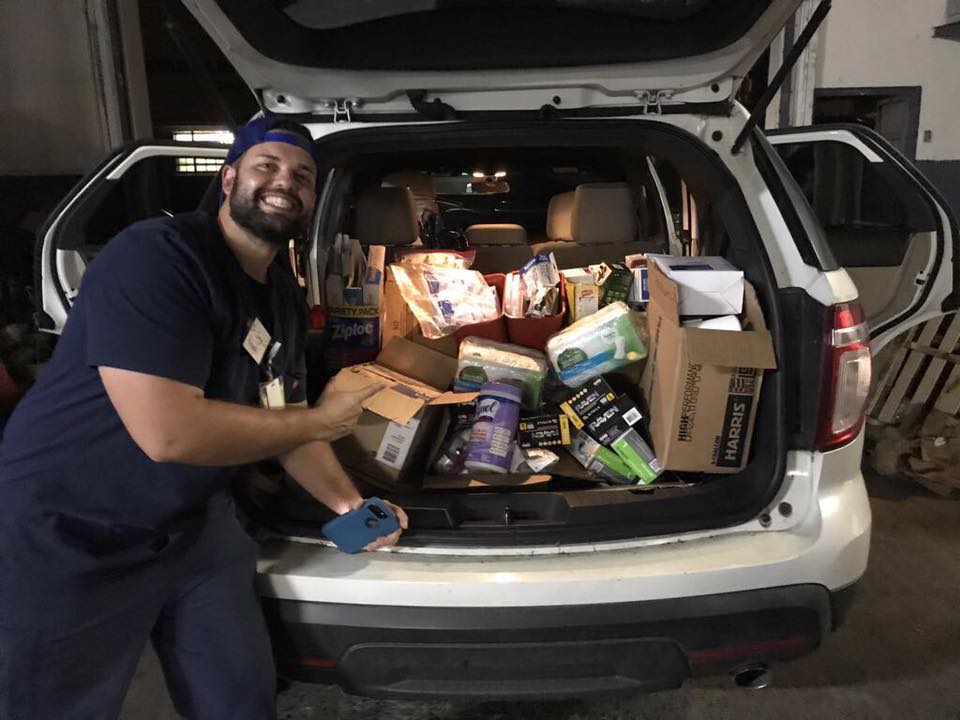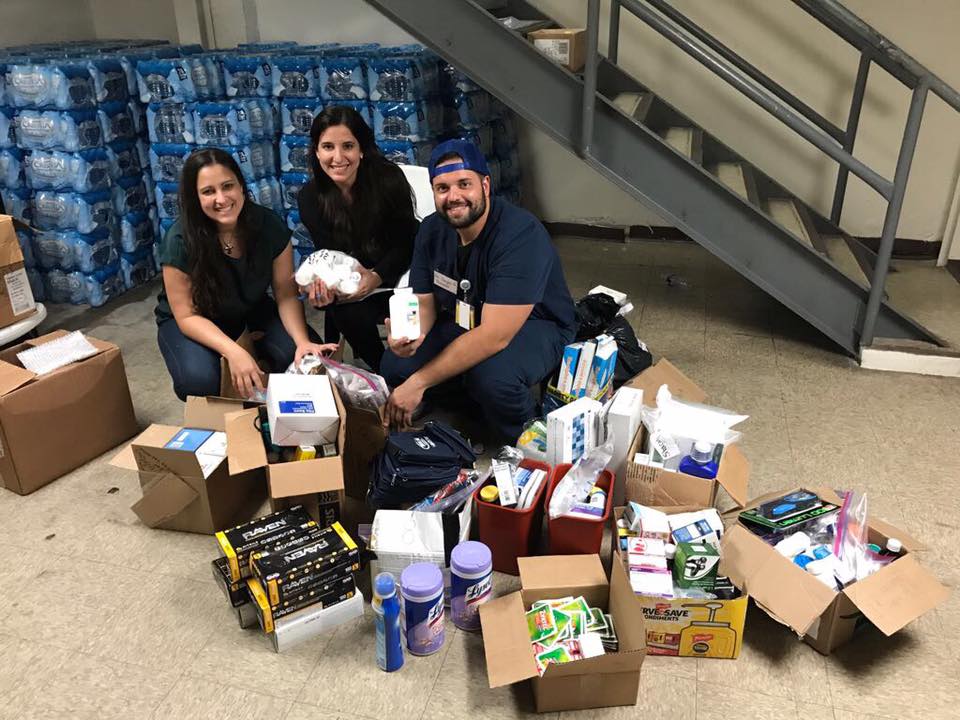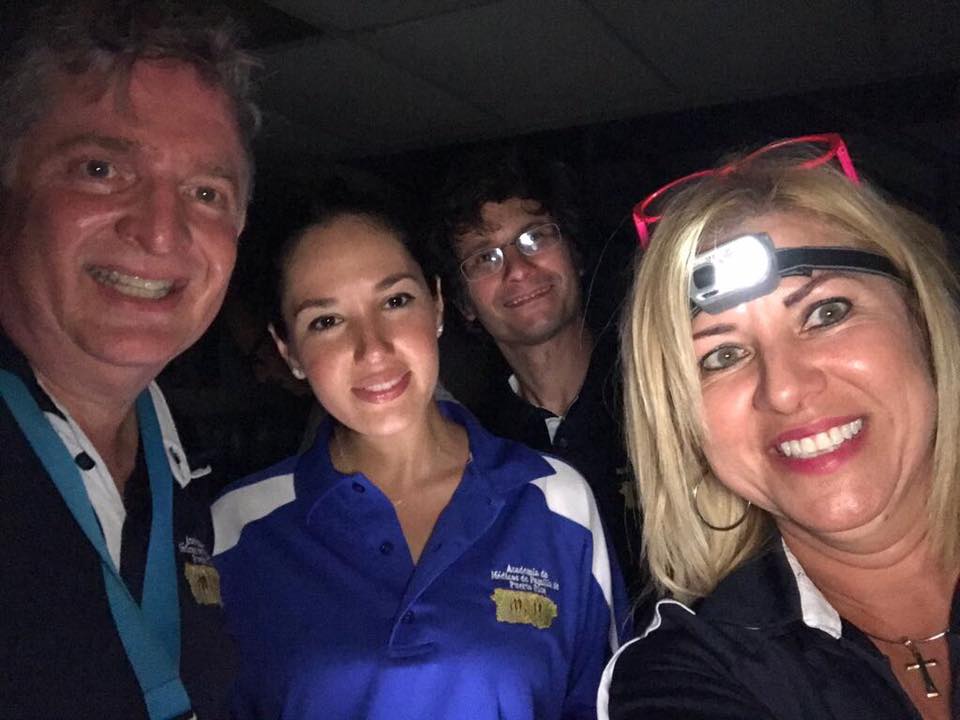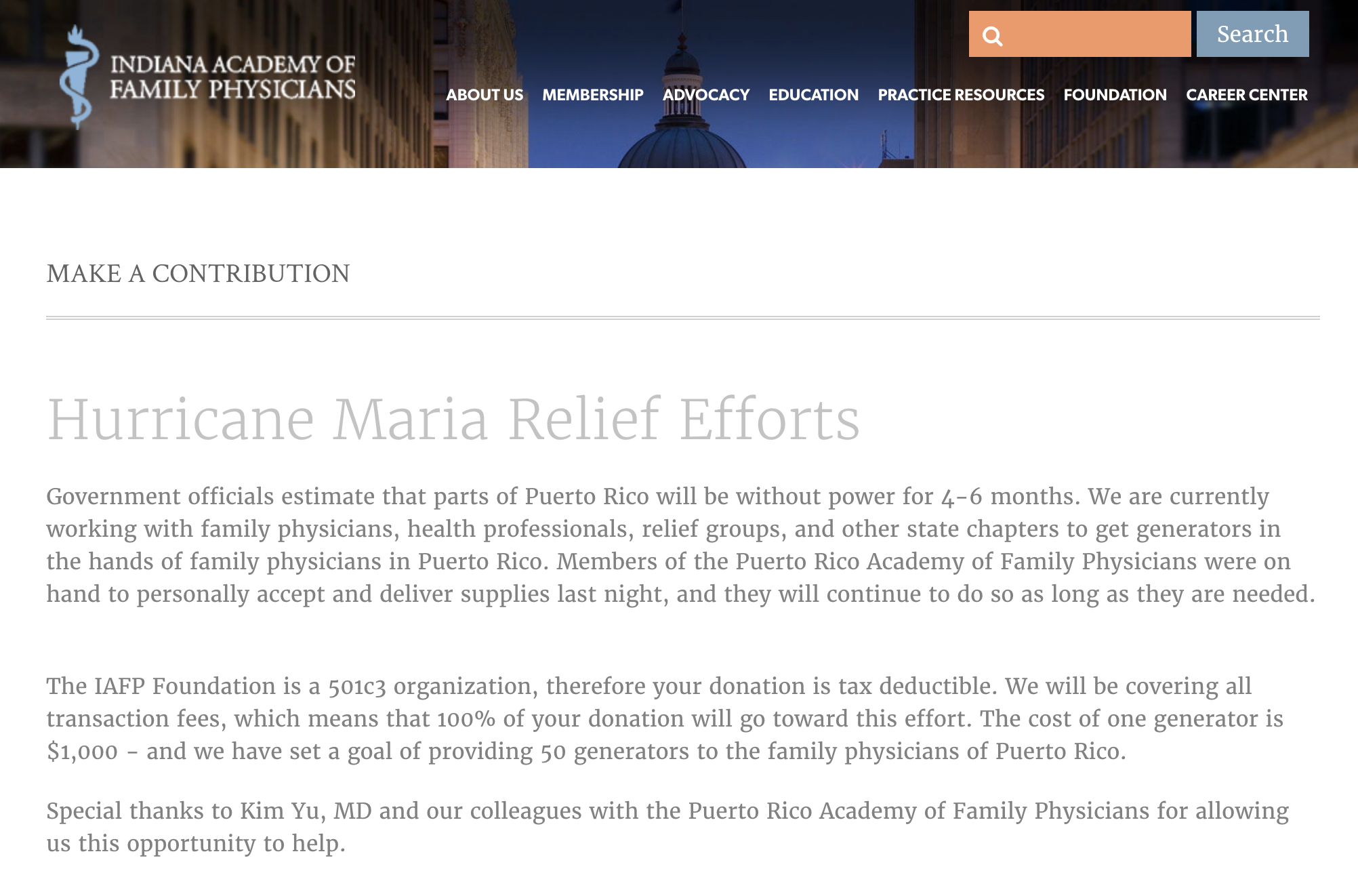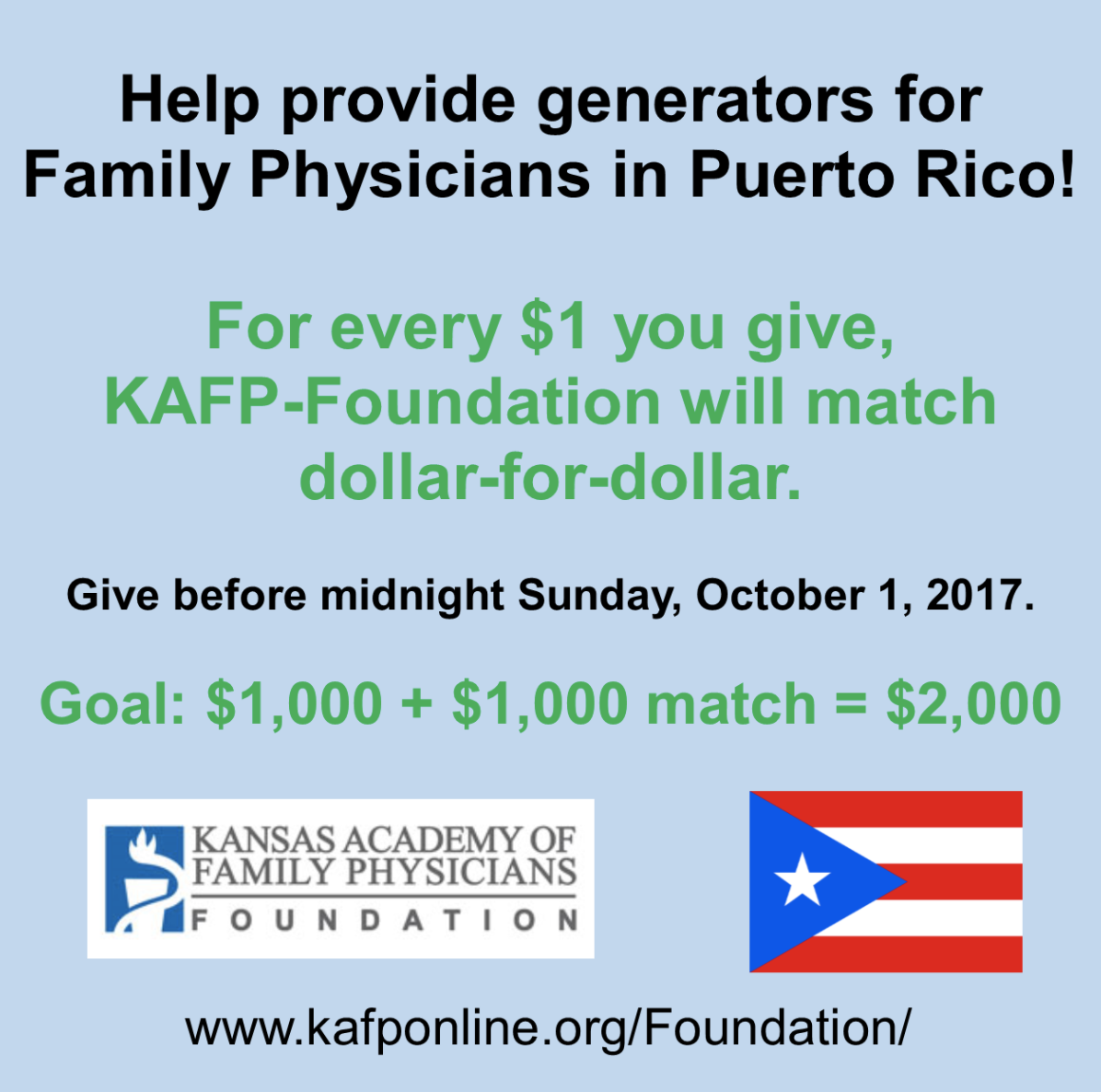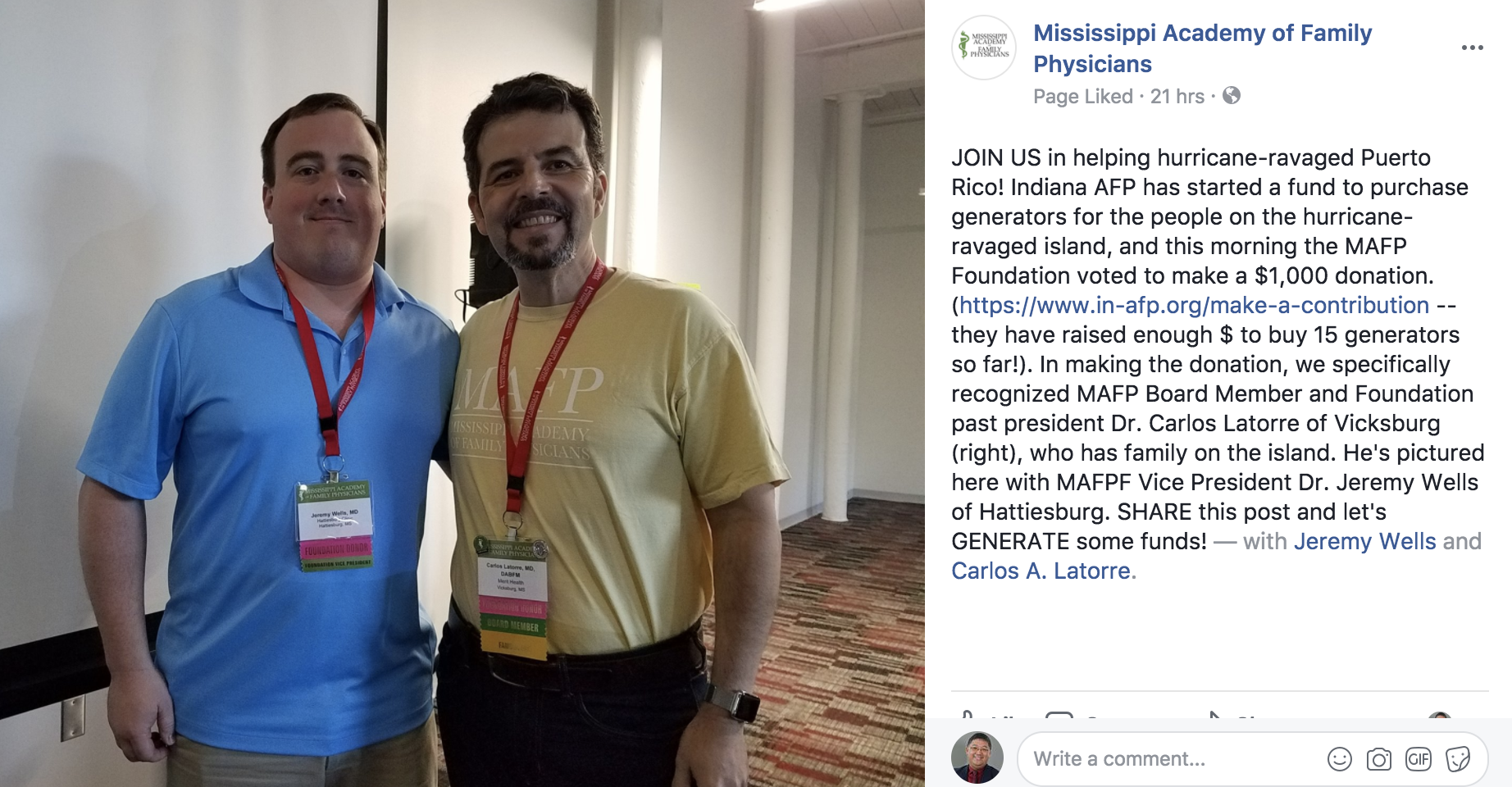I'm always looking for fun opportunities to encourage my patients to stop smoking - other than my nagging of them during office appointments. Every year, one week before Thanksgiving is that opportunity called "The Great American Smokeout" that is promoted by the American Cancer Society.
There is great information on The American Cancer Society website like Health Risks of Smoking Tobacco, Health Risks of Secondhand Smoke, Keeping Your Kids Tobacco Free, and other resources. This blog post will take you to the next step in preparing you for your quit day, maybe The Great American Smokeout day. (also, tweet about it using #GASO hashtag)
Prepare For Your Quit Day: Here are some steps to help you get ready for your quit day
- Pick the date and mark it on your calendar
- Tell friends and family about your quit day
- Get rid of all your cigarettes
- Practice saying, "No thank you, I don't smoke"
- Set up a support system to help you
On Your Quit Day: Some steps on your Quit Day checklist
- Avoid situations and people associated with smoking
- Stay Busy - Try walking or other activities and hobbies
- Change your routine: Take a different route to work, etc
- Drink lots of water, and no alcohol
- Do Not Smoke - Not even one puff
In addition to reaching out to friends and family for support, I also encourage you to contact your Family Physician for further assistance, especially when it comes to options for possible nicotine substitutes. Thanks to WKBN-TV for posting the story, "The Great American Smokeout: National Intervention encourages smokers to quit." I also wanted to share with you similar TV interviews back from 2010 and 2011 below. Dr. Mike Sevilla works at the Family Practice Center of Salem in Salem, Ohio.




